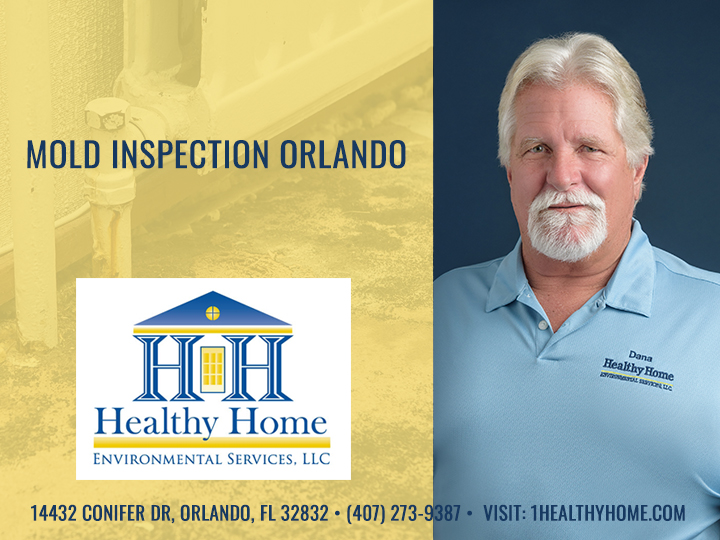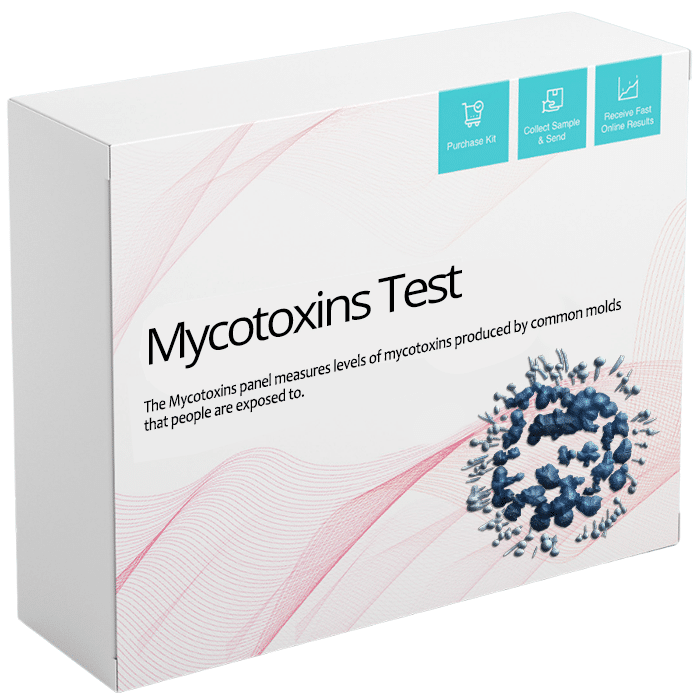How Mycotoxin Testing Assists Prevent Contamination and Safeguard Food Products

Mycotoxin testing is an essential technique in the food industry, acting as a frontline defense against contamination by hazardous toxins created by molds. Via the application of sophisticated techniques like High-Performance Fluid Chromatography (HPLC) and Liquid Chromatography-Mass Spectrometry (LC-MS), food producers can properly detect and measure mycotoxin levels in agricultural items. This proactive strategy not only makes certain compliance with strict security regulations however also minimizes health risks to consumers. In addition, routine testing fortifies brand reputation and financial health by reducing contamination-related occurrences. Exactly how exactly do these testing protocols incorporate into the more comprehensive food security method?
Recognizing Mycotoxins
Understanding mycotoxins begins with acknowledging that they are toxic additional metabolites produced by specific mold and mildews, which can contaminate farming items. These metabolites are not vital for the growth or reproduction of the fungis however can have serious implications for human and animal health. Mycotoxins are typically discovered in staple plants such as corn, wheat, barley, and nuts, where they can multiply under particular conditions of moisture and temperature level.
There are numerous kinds of mycotoxins, each produced by various fungal varieties. Fusarium species produce fumonisins and trichothecenes, both of which are linked with numerous intense and chronic wellness issues.

Risks of Mycotoxin Contamination
The risks of mycotoxin contamination are multifaceted, positioning considerable risks to both food security and public health. Mycotoxins, harmful substances produced by particular types of fungis, can infect a vast range of agricultural items consisting of cereals, nuts, spices, dried fruits, and coffee.
Economic impacts are one more major concern. Infected crops can cause considerable monetary losses for farmers and food manufacturers because of minimized yields and the requirement for expensive purification measures. International trade can be considerably prevented as nations enforce strict mycotoxin policies to protect their populaces, leading to turned down shipments and stretched trade relations.
Environmental aspects such as climate modification aggravate the danger of mycotoxin contamination. Variants in temperature level and moisture can create desirable problems for fungal growth, boosting the probability of contamination occasions. Therefore, understanding and alleviating these risks are important for making sure the safety and security and stability of global food supplies.
Techniques of Mycotoxin Testing
Precisely determining mycotoxin contamination in farming products is vital for securing public wellness and preserving food safety and security criteria. Numerous techniques are utilized to spot and quantify mycotoxins, each offering specific advantages and limitations.
High-Performance Fluid Chromatography (HPLC) is a widely made use of technique due to its high level of sensitivity and accuracy. It entails separating mycotoxins from various other materials in an example, allowing accurate quantification. Liquid Chromatography-Mass Spectrometry (LC-MS) incorporates liquid chromatography with mass spectrometry to give in-depth molecular info, making it especially valuable for determining several mycotoxins at the same time.

Gas Chromatography-Mass Spectrometry (GC-MS) and Thin-Layer Chromatography (TENDER LOVING CARE) are also used, each with one-of-a-kind applications. GC-MS works for volatile mycotoxins, while tender loving care Related Site offers an easier, cost-effective option for initial screening.
Benefits of Normal Evaluating
Regular testing for mycotoxins in farming items supplies countless benefits, substantially adding to public wellness and food security. By recognizing contamination early, normal screening aids prevent the circulation of hazardous foods, therefore decreasing the threat of mycotoxin-related diseases among consumers. This proactive method not just safeguards human wellness yet likewise enhances the overall quality of food products.
Consistent testing likewise supports governing conformity. Various countries and regions have established rigid limitations for mycotoxin levels in food and feed. Abiding by these limits with regular screening makes sure that producers and providers fulfill lawful requirements, therefore preventing charges and profession barriers. Moreover, maintaining compliance cultivates customer trust fund and brand name reputation, which are critical for market success.
In addition, regular have a peek at this website mycotoxin screening can lead to substantial financial advantages. Early discovery of contamination permits timely intervention, lowering prospective losses from prevalent contamination. Carrying out normal screening procedures can also reduce recall expenses and relevant responsibilities, which can be monetarily ruining.
Furthermore, regular testing provides valuable data that can educate far better farming techniques and storage space problems. By recognizing patterns of contamination, manufacturers can embrace safety nets, consequently minimizing future dangers and contributing to the sustainability of the food supply chain.
Implementing Examining Procedures
Carrying out effective mycotoxin testing procedures is critical for guaranteeing the safety and security and high quality of agricultural products. Establishing a durable testing framework entails numerous key actions, beginning with the identification of potential contamination factors within the production and supply chain. This includes pre-harvest, post-harvest, storage space, and circulation phases. Each stage should be scrutinized to determine where mycotoxin contamination is probably to occur.
As soon as crucial control factors are determined, picking ideal screening methods is necessary. Common strategies include enzyme-linked immunosorbent assay (ELISA), high-performance fluid chromatography (HPLC), and mass spectrometry (MS) Each method has its weaknesses and toughness; thus, selecting the right one depends on the certain mycotoxin being tested, the needed level of sensitivity, and available sources.

Finally, integrating the screening protocols right into an extensive food security monitoring system is recommended. This boosts traceability and allows swift restorative actions when contamination is detected, therefore securing the integrity of the food supply chain.
Final Thought
Mycotoxin screening is important in stopping contamination and guarding food products by enabling early detection of damaging toxic substances created by mold and mildews in farming items. Normal testing enhances brand credibility, monetary stability, and count on in food security by reducing contamination-related losses and preserving high requirements in food production.
Mycotoxin testing is a vital technique in the food sector, offering as a frontline protection versus contamination by unsafe toxins produced by mold and mildews. An integrated technique including agricultural practices, storage monitoring, and normal screening can alleviate the risks connected with mycotoxin contamination, making sure food security and public health and wellness.
The risks of mycotoxin contamination are multifaceted, posing substantial hazards to both food security and public health and wellness.Regular screening for mycotoxins in farming products offers countless advantages, considerably adding to public health and wellness and food safety.Mycotoxin screening is crucial in stopping contamination and protecting food supplies by making it possible for very early detection of unsafe toxic substances produced by mold and mildews in agricultural items.